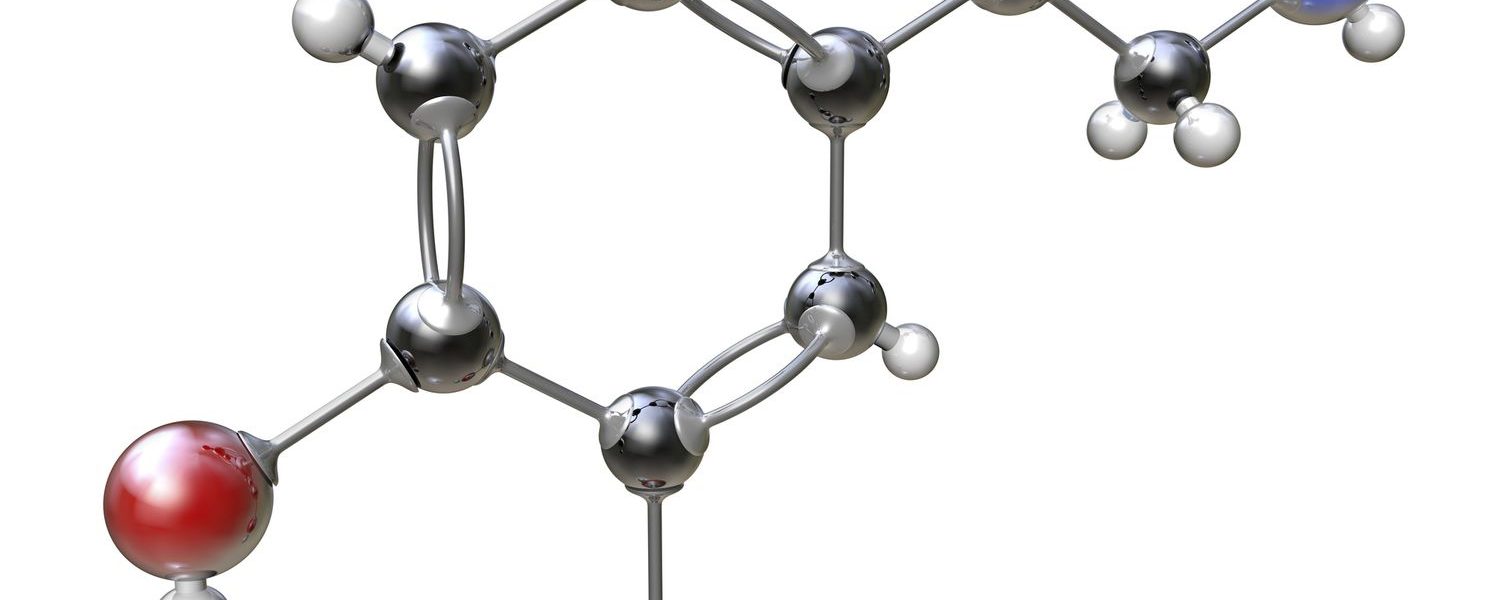Introduction:
Chemical bonds are the unsung heroes of the microscopic world, responsible for the vast diversity of substances and materials we encounter daily. They form the essence of life itself and the foundation for countless phenomena. Let’s embark on a journey into the atomic realm and explore these ties that bind.
1. The Basics of Chemical Bonds
- Atoms and Electrons: At the heart of every bond lies the atom, with its central nucleus and orbiting electrons. Bonds form primarily due to interactions between these electrons.
- Why Bonds Form: Atoms bond to achieve stability, often aiming to fill their outer electron shells, leading to lower energy states and greater stability.
2. Types of Chemical Bonds
- Ionic Bonds: Formed when atoms transfer electrons. One atom donates an electron (becoming a cation) while another receives it (becoming an anion). The resulting oppositely charged ions attract, forming a bond. Salts, like sodium chloride, are classic examples.
- Covalent Bonds: When atoms share electrons, they form covalent bonds. Depending on electron pairs shared, these can be single, double, or triple bonds. Molecules like water (H₂O) and methane (CH₄) showcase covalent bonding.
- Metallic Bonds: In metals, atoms pool their electrons into a ‘sea of electrons’ that move freely. This electron cloud gives metals their characteristic properties like electrical conductivity.
3. Weaker Bonds and Interactions
- Hydrogen Bonds: A special type of bond primarily involving hydrogen atoms bonded to highly electronegative atoms like oxygen, nitrogen, or fluorine. It’s weaker than ionic or covalent bonds but crucial for substances like water and biological molecules like DNA.
- Van der Waals Forces: These are temporary, weak forces arising from fluctuating electron distributions in molecules. They play a significant role in non-polar molecule interactions.
- Dipole-Dipole Interactions: Occur between polar molecules, where positive ends of one molecule attract the negative ends of another.
4. Electronegativity and Bond Character
- Electronegativity: It is a measure of an atom’s tendency to attract electrons in a bond. Differences in electronegativity between bonded atoms determine bond type.
- Polarity: If two atoms have different electronegativities, the bond becomes polar, with one end more positive and the other more negative.
5. Bond Length and Energy
- Bond Length: Represents the optimal distance between nuclei where the bond energy is minimized. Typically, as bonds become stronger (like moving from single to triple bonds), bond lengths decrease.
- Bond Energy: The energy required to break a bond. Stronger bonds possess higher bond energies.
6. Resonance and Delocalized Electrons
- Resonance: Some molecules cannot be represented by a single structural formula. Instead, they resonate between several structures. Benzene is a prime example.
- Delocalization: In resonance structures, electrons aren’t confined to one location but spread out or delocalized over multiple atoms.
7. Chemical Bonds in Life and Technology
- Biomolecules: DNA, proteins, and carbohydrates rely heavily on chemical bonds for their structure and function. Hydrogen bonds in DNA, for example, help hold the two strands of the double helix together.
- Materials Science: From superconductors to plastics, understanding bonding is crucial in designing materials with desired properties.
Conclusion:
Chemical bonds, while invisible to the naked eye, govern the macroscopic world in profound ways. From the water we drink to the very DNA encoding our existence, bonds are fundamental. Appreciating these forces not only deepens our understanding of the universe but also sparks innovations in medicine, technology, and beyond.
Tags: #ChemicalBonds, #IonicBond, #CovalentBond, #MolecularStructures, #Electronegativity, #AtomicInteractions, #HydrogenBond, #VanDerWaals, #MaterialScience, #Biomolecules











